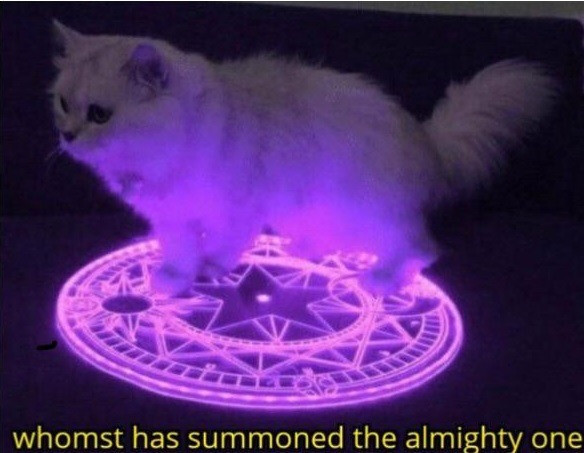
.
.
.
Okay… So, first we are going to do a crash course in genetics so that we can all be on the same page
Genes come in pairs. For any gene pair, the can be heterozygous (aka “het”) or homozygous (aka “hom” or “homo”)
As Christina noted above, the term “super” is just a slang term that early people in the hobby used because they did not really know genetics and so they just made it up to describe what they were seeing. It has no actual scientific validity
In terms of how the het/hom status applies to morphs, that is based off how the morph presents with relation to the genetic status
For recessive traits, the homozygous WT and the het both look like the WT and the homozygous mutant expresses the mutant trait (aka “visual”). Example: WT (genetically A/A), het Albino (genetically A/a), visual Albino (genetically a/a)
For dominant traits, the homozygous WT looks like the WT and both the het and homozygous mutant expresses the mutant trait in an identical manner. Example: WT (genetically p/p), single-gene Pin (genetically heterozygous P/p), homozygous Pin (genetically P/P). Within the hobby, as I noted above, because of the made up slang term from the old days, most people just call the prior a Pin and the latter they will call a “SuperPin”
For incomplete-dominant traits (incorrectly called “co-dom” once again because of the people in the old days not actuall understanding genetics), the homozygous WT looks like the WT, the heterozygous has a distinct visual appearance and homozygous has another distinct visual appearance. Example: WT (genetically b/b), single-gene BlkPastel (genetically heterozygous B/b), homozygous BlkPastel (genetically B/B). And like above with the Pin, for the same reasons, people call the heterozygous form BlkPastel and the homozygous form a “SuperBlkPastel”
Make sense??
.
.
.
Getting to your original question
Short answer is that no one actually knows
In the early days of the morph, I knew a number of people that tried Calico x Calico breedings to see if the homozygous version (aka “SuperCalico”) was recognizably different but they never produced anything other than visual WT and Calico. After a couple years of people trying with no one able to make a radically different visual animal, everyone just assumed that there was no homozygous version and gave up. The same thing happened with Pin and Leopard and a few others (sadly, Spider was not one of those but we will not go in to that). Those random few of us that kept our eyes on these kind of things assumed that either the homozygous version was identical to the het version (like with Pin and Leopard) or that the homozygous version was lethal (like with Spider and HGW and Woma) but since people quit intentionally pairing Calico x Calico we all just left it on the back burner of “watch and see if enough data accumulates over time” To date, we are still waiting. I do not know if Ben has made a test for Calico, but if he has then that would make the quest significantly easier
.
.
.
Just a little advice here, I very strongly recommend waiting until the babies shed and maybe get a meal or two in them before posting pics and trying to make IDs. There is a significant amount of pigment development that happens after they come out of the egg and that can make a huge difference when it comes to IDs

